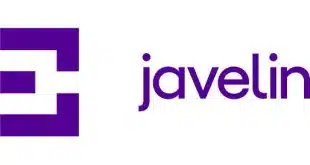The Federal Reserve announced Thursday it is shutting down its Secure Payments Task Force this month. The Fed invited its more than 200 members, made up of payments executives from across the financial-services industry, to work with its FedPayments Improvement Community. Members may also participate in “new collaborative industry work groups” the Fed expects to form later this year, the banking regulator said.
The secure-payments work group was formed in June 2015 and met in parallel with the Fed’s Faster Payments Task Force to hammer out criteria for real-time payments in the United States. That effort culminated last summer in evaluations of some 16 faster-payments systems available or under development. At the time, the Fed issued a call for widely available real-time or near-real-time payments by 2020.
The move to shutter the Secure Payments Task Force came as little surprise to industry observers. “The job was done,” says George Warfel, general manager for fintech and payments strategy at Haddon Hill Group, a San Francisco-based consultancy. Warfel served on the Faster Payments Task Force, which embraced more than 300 members and ended its service last year.
Even so, with faster payment clearing and settlement on the near horizon, some critics argue a greater need for security measures could make the decision to shut down the task force an ill-advised move. In response, the Fed says stringent payment security will not lose importance.
“The security of emerging payment systems and technologies…will continue to be a priority moving forward,” says Connie Theien, senior vice president and director of payments-industry relations at the Fed, in an email message. “The task forces partnered to develop security criteria for faster payment solutions that are today serving as important guidance for the systems in development and in market. We will continue to pursue a future payments system that is not only faster, but highly secure.”
Little detail is available yet about the security-related collaborative work groups the Fed plans to set up, including how many groups will be formed and what subjects they will investigate. The Fed promises more specifics later this year. “Our determination of the number and nature of collaborative work groups to be established will be informed both by the work completed by the task force and by a fraud study we will complete this year to better understand the cost and prevalence of specific payment-security vulnerabilities,” Theien told Digital Transactions News.
One likely topic will be what the Fed perceives as cases where parties that can protect payment data or prevent fraudulent transactions may need a stronger business case. “Stated simply, success is jeopardized if those in the position to implement stronger security don’t have incentives to do so,” Theien says. “Stakeholders may not adopt a solution or standard because it fails a cost-benefit test for them. Companies may not consider the potential for reducing reputational risk of a data breach when assessing the benefit of a potential security enhancement.”
The coming fraud study, she adds, will address “whether stakeholder incentives are aligned to address” payment vulnerabilities.





